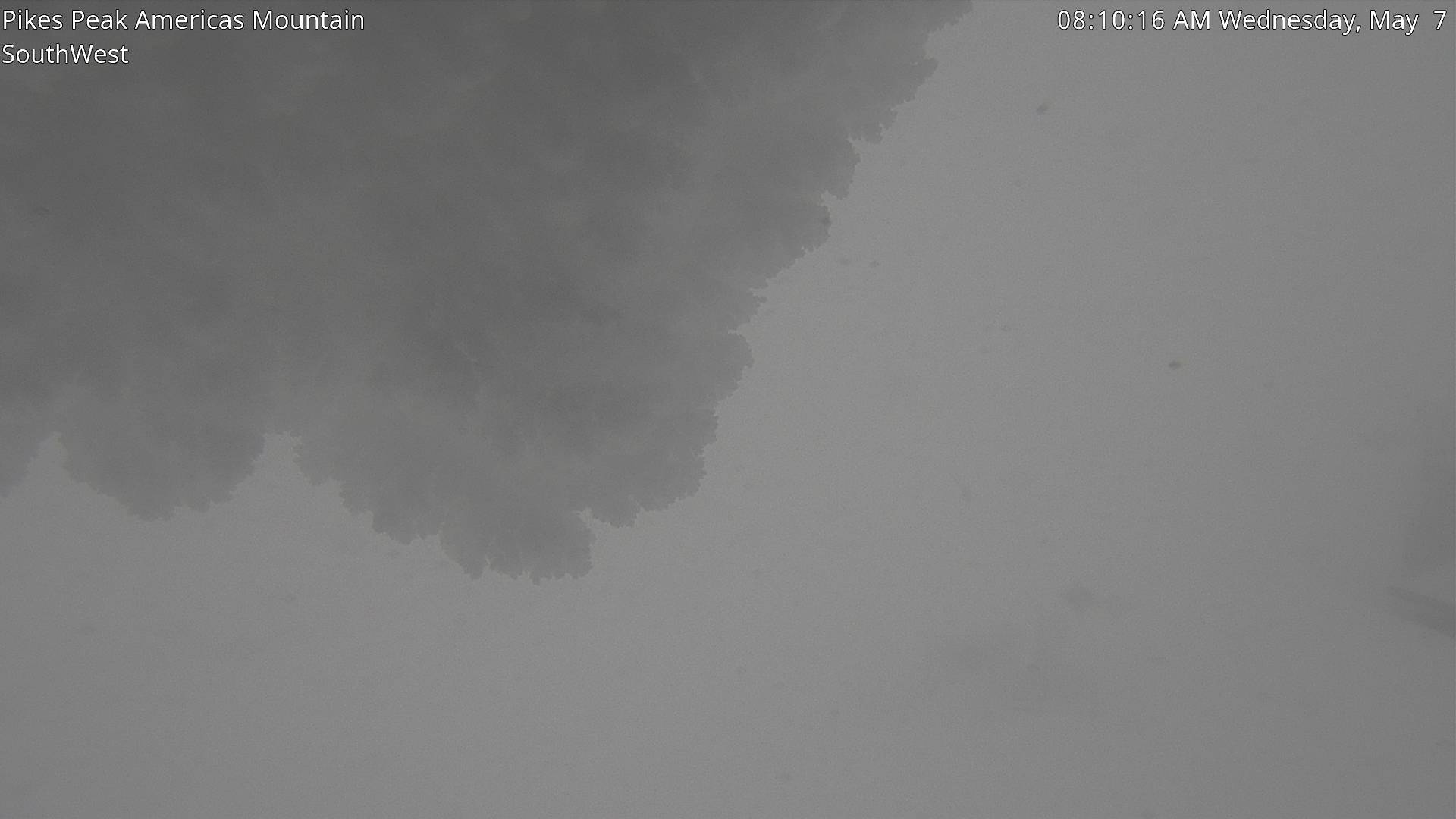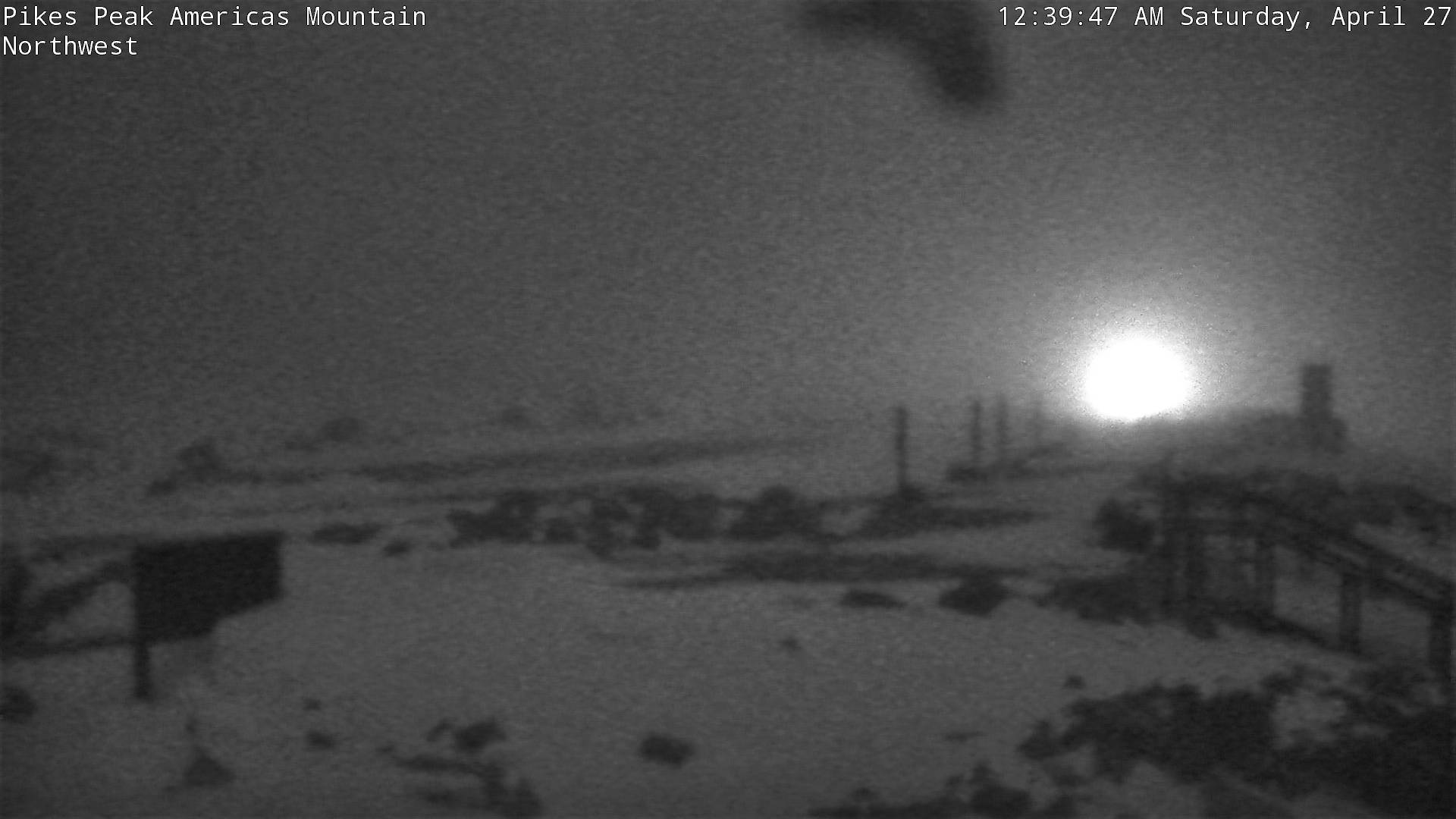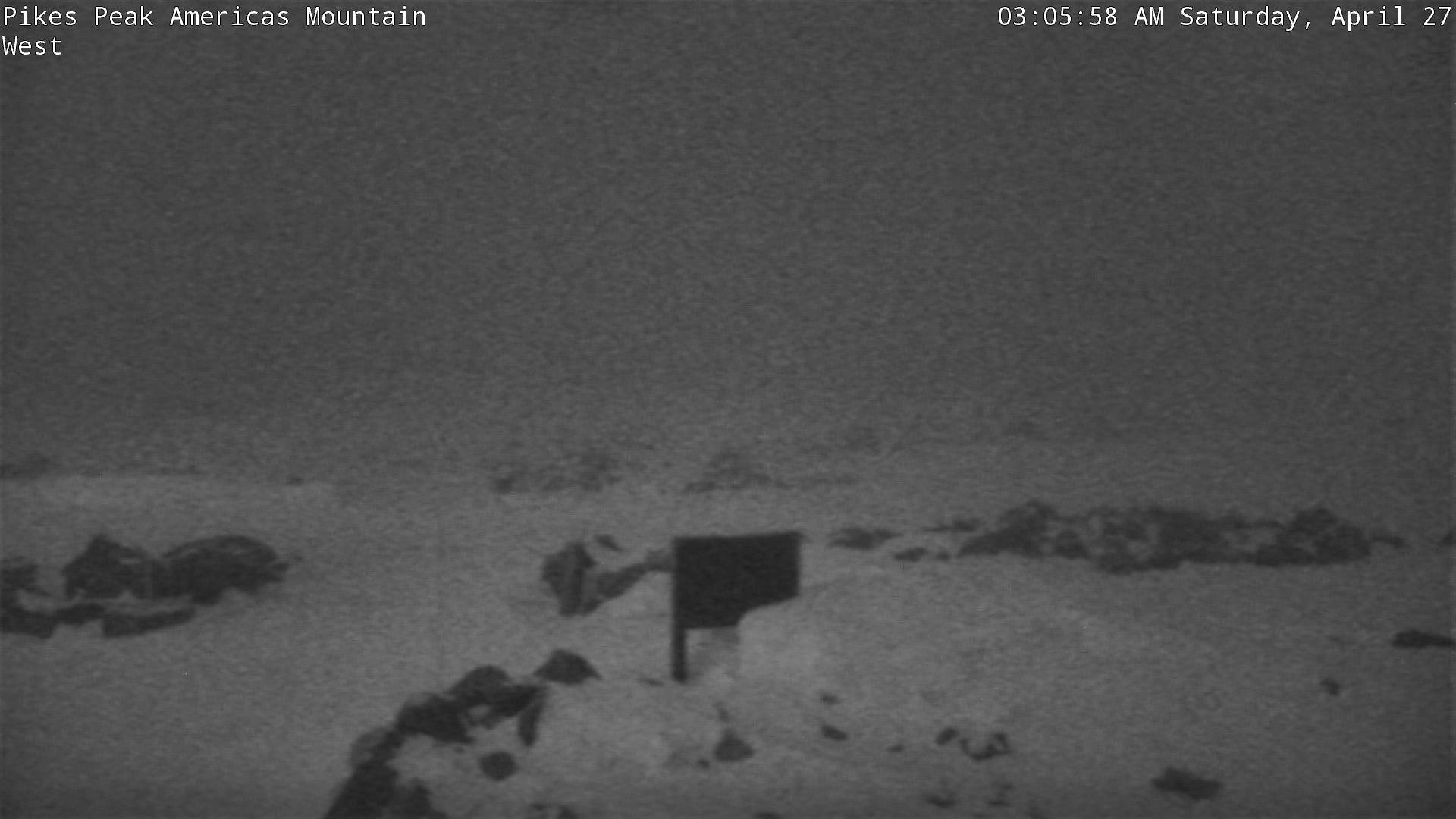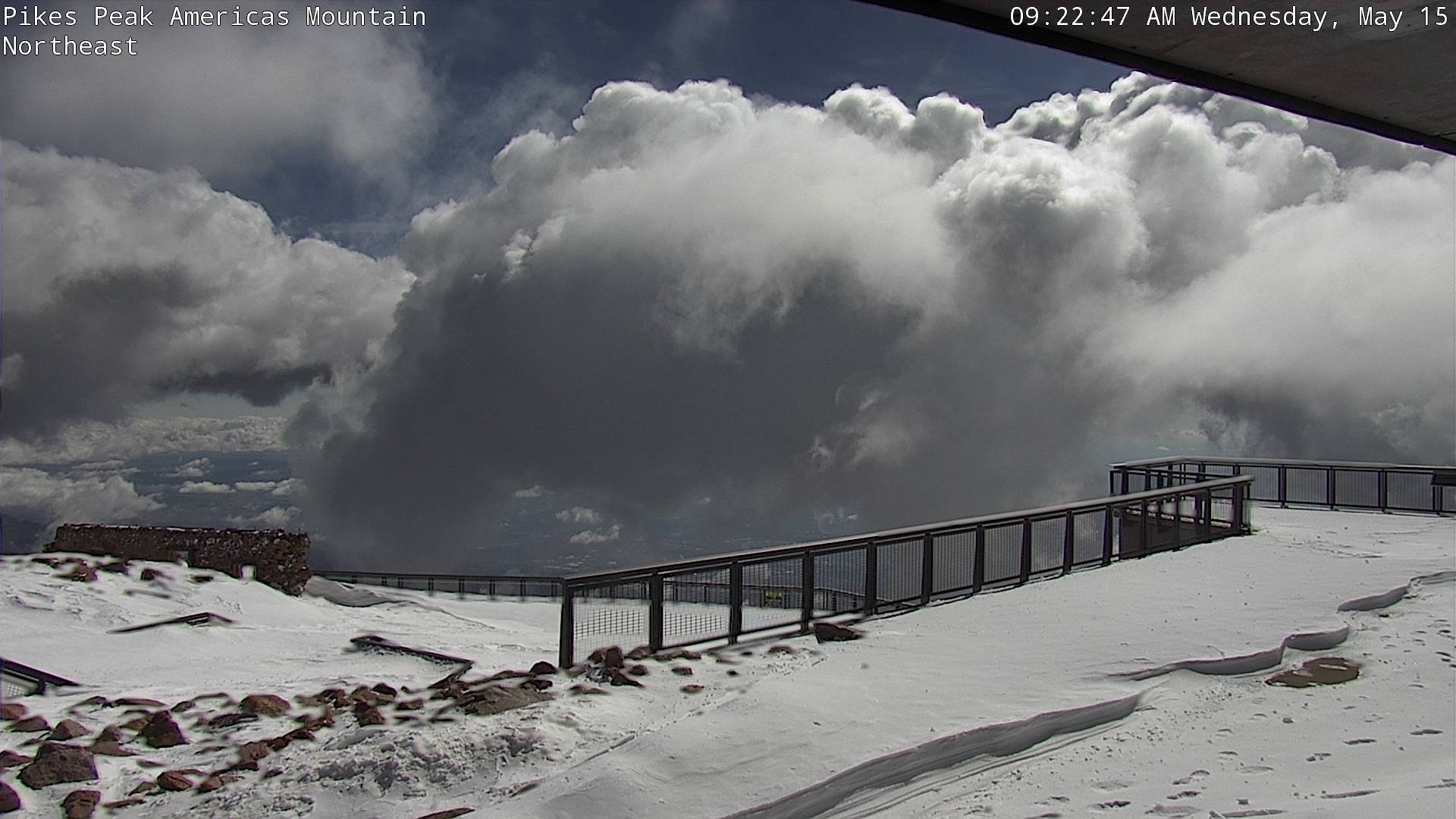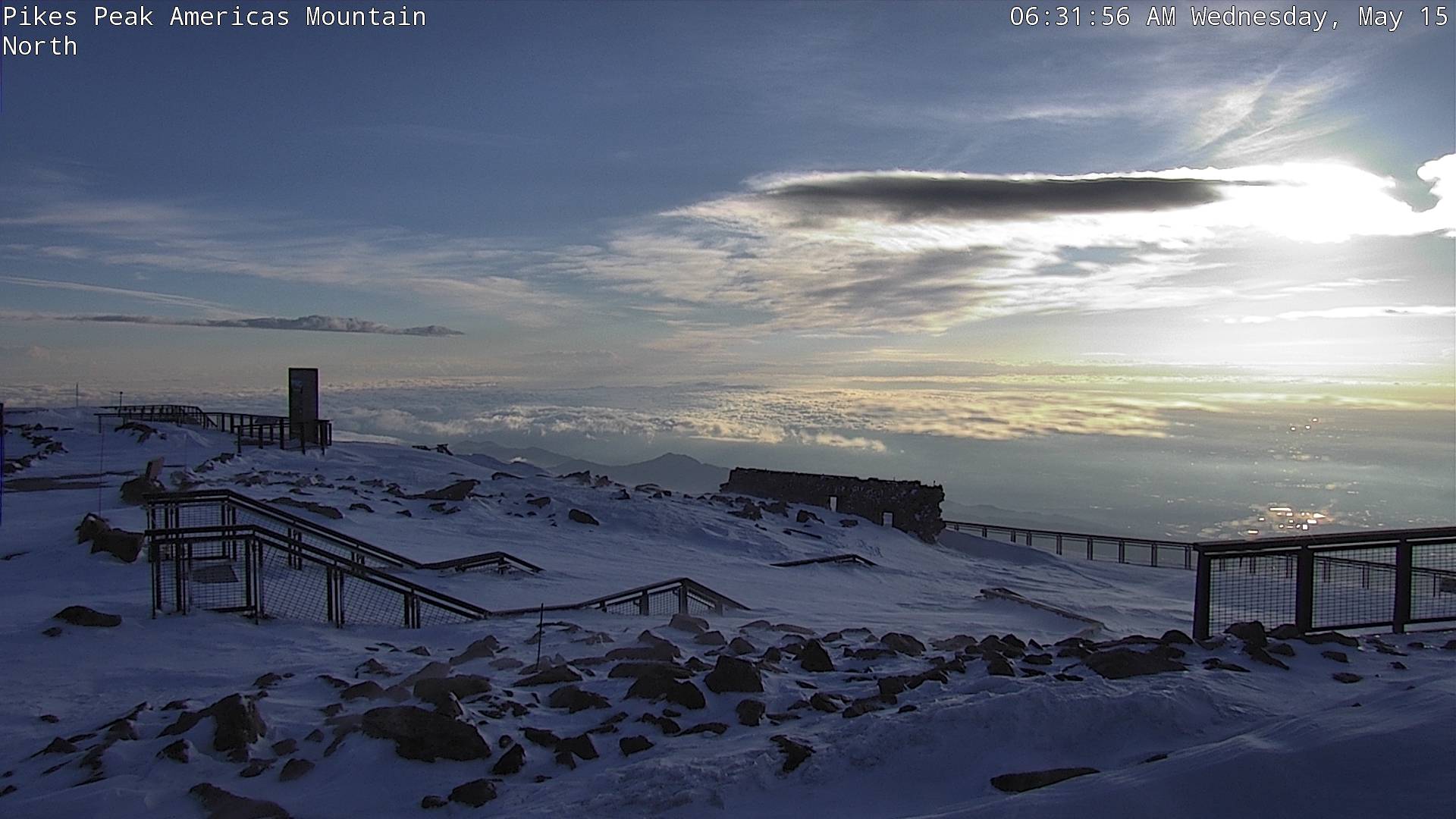Pikes Peak, Colorado Weather Cams
Pikes Peak Americas Mountain COG Entry Cam
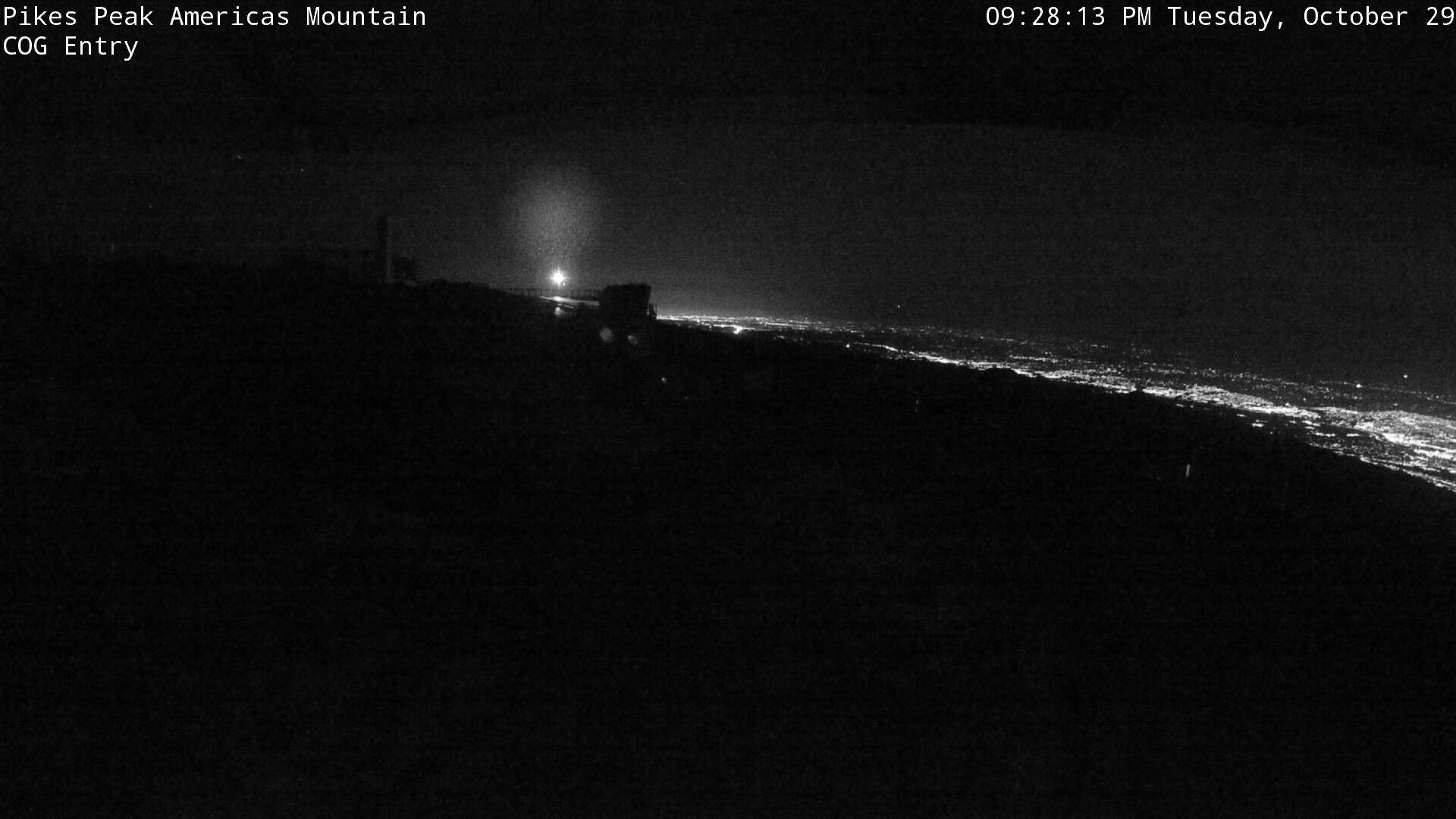
Pikes Peak Current Weather and Forecast
Pikes Peak Americas Mountain COG Railway Cam

East Cam
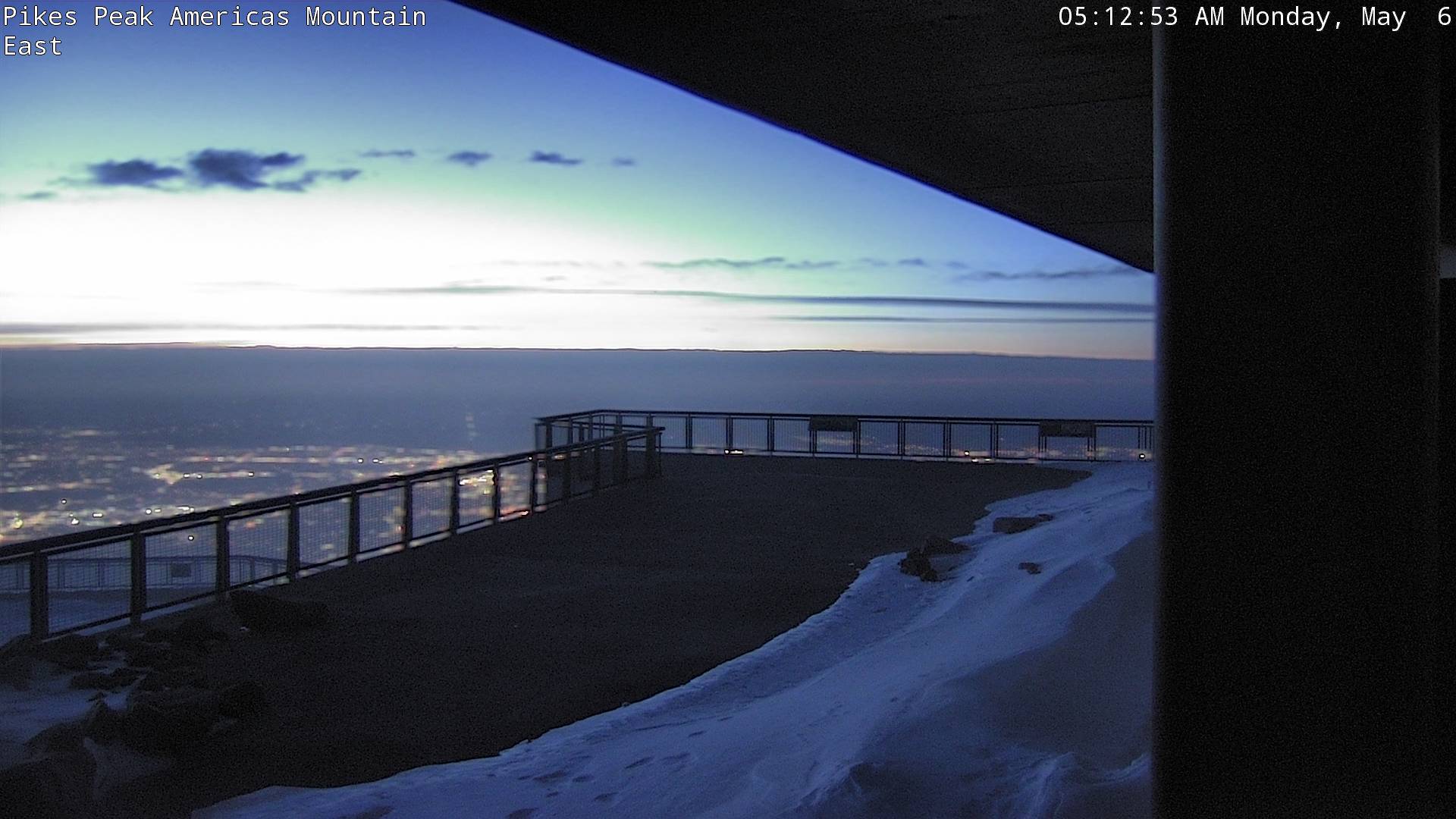
Pikes Peak: Beacon of the Front Range and Symbol of the American Spirit
Pikes Peak, Colorado Weather Cams. Rising 14,115 feet above sea level, Pikes Peak dominates the skyline of Colorado’s eastern Rockies, casting a shadow rich in legend, exploration, and national symbolism. Known as “America’s Mountain,” its storied past encompasses ancient cultures, gold rush fever, artistic inspiration, military innovation, and recreational wonder. From its geological birth to its modern-day role as a cultural and recreational icon, Pikes Peak is one of Colorado’s most enduring landmarks.
Ancient Origins and Indigenous Reverence
Long before settlers gazed up at the snow-capped summit, the region surrounding Pikes Peak was home to Indigenous peoples, including the Ute, Arapaho, and Cheyenne nations. The Ute—whose name for the mountain is Tava, meaning “Sun”—considered it sacred, a place of power and spiritual significance. They used seasonal migration paths that skirted the flanks of the mountain, gathering food, hunting, and honoring the land through ceremonies.
Numerous archaeological sites throughout the Pikes Peak region reveal deep layers of habitation, including projectile points and rock art suggesting millennia of Indigenous presence.
The Age of Exploration and Zebulon Pike
The mountain’s recorded European-American history began in the early 19th century. In 1806, U.S. Army lieutenant Zebulon Montgomery Pike led an expedition to explore the newly acquired Louisiana Territory. Although Pike never reached the summit that now bears his name—halted by winter and a lack of proper gear—his journey introduced the massif to national maps and imagination.
The name “Pikes Peak” stuck, becoming one of the earliest and most enduring mountain toponyms in the American West. Pike’s dramatic accounts of snowbound explorations gave the mountain an aura of challenge and destiny.
“Pikes Peak or Bust”: Gold and the Rush West
In 1858, the discovery of gold near present-day Denver triggered the Colorado Gold Rush, also known as the “Pikes Peak Gold Rush.” The rallying cry “Pikes Peak or Bust!” became a mantra for thousands of fortune-seekers who ventured west along the Smoky Hill and Platte River trails. Ironically, few of these prospectors mined near Pikes Peak itself, but the mountain’s prominence made it an ideal navigational beacon and symbol of the region’s promise.
Settlements began springing up around the base of the mountain during the rush, including what would become Colorado Springs, Manitou Springs, and Cripple Creek.
Healing Waters and Resort Towns
Nestled in the foothills near Pikes Peak are natural mineral springs that drew attention for their supposed healing properties. Manitou Springs, in particular, became a fashionable resort town in the late 19th century, catering to wealthy travelers and tuberculosis patients drawn by the area’s clean mountain air and therapeutic waters.
The springs were originally revered by Indigenous nations as sacred sites of peace and health. Over time, grand hotels, bathhouses, and curative facilities transformed the area into a spa destination. Meanwhile, nearby Colorado Springs evolved from a railroad stop into a cultural and military center, boosted by philanthropic visionaries like General William Jackson Palmer.
The Summit Race: Transportation and Spectacle
The late 19th and early 20th centuries brought bold innovations in how humans reached Pikes Peak’s summit. In 1891, the Manitou and Pike’s Peak Cog Railway opened, becoming the highest cog railway in the world. Its steam-powered engines offered both panoramic views and accessibility, democratizing mountaintop experiences for tourists.
Not long after, the Pikes Peak Auto Highway opened in 1915, financed in part by Spencer Penrose, who later launched the Broadmoor Hotel. This winding road carved into the mountain provided another way to reach the summit—and, in 1916, the perfect stage for a new kind of contest: the Pikes Peak International Hill Climb. Still held today, it is the second-oldest motorsport race in the United States and a thrilling annual test of speed, nerve, and engineering at altitude.
“America the Beautiful” and Cultural Impact
In 1893, Katharine Lee Bates ascended Pikes Peak by mule. As she took in the boundless view from the summit—stretching across the Great Plains to the east and the jagged Rockies to the west—she was inspired to write the poem that would become the lyrics to “America the Beautiful.”
The image of “purple mountain majesties” embedded Pikes Peak into the American psyche not just as a geological marvel, but as a poetic ideal. To this day, the summit includes a commemorative plaque and remains a pilgrimage site for those seeking the source of the iconic verse.
The Military and Space Age Connections
World War II and the Cold War era brought new importance to the Pikes Peak region. Nearby Colorado Springs became a hub for the U.S. military, housing installations like Peterson Air Force Base, Fort Carson, and later, the U.S. Air Force Academy.
NORAD (North American Aerospace Defense Command), housed in Cheyenne Mountain just south of Pikes Peak, further tethered the mountain to matters of national security and aerospace defense. The high elevation and commanding view made the region ideal for surveillance, training, and technological experimentation, including early atmospheric research from the summit.
Recreation, Ecology, and Preservation
The Pikes Peak area is a playground for hikers, climbers, and naturalists. The Barr Trail, a 13-mile ascent from Manitou Springs to the summit, is one of the most famous hiking routes in Colorado and a rite of passage for endurance athletes and mountain lovers alike.
At the same time, the area’s unique alpine ecosystems—bristlecone pines, pika populations, and high-altitude wildflowers—have made it a focal point for conservation. Managing the environmental pressures from tourism, auto traffic, and climate change has become a central challenge for land stewards and local communities.
In 2021, a new Summit Visitor Center opened with a design focused on sustainability and education, aiming to reduce the ecological impact of the 750,000+ visitors who ascend each year.
A Mountain for All Seasons
Today, Pikes Peak remains a microcosm of the Colorado experience: awe-inspiring, multifaceted, and steeped in layers of meaning. Whether approached on foot, by rail, by car, or through song, it stands as both a literal and figurative high point in the state’s identity.
It is a mountain where geology and poetry meet, where ancient cultures and modern thrill-seekers converge, and where the promise of the West still rises, bold and enduring, into the thin alpine air.
For more information, visit the Pikes Peak, Colorado official website.

